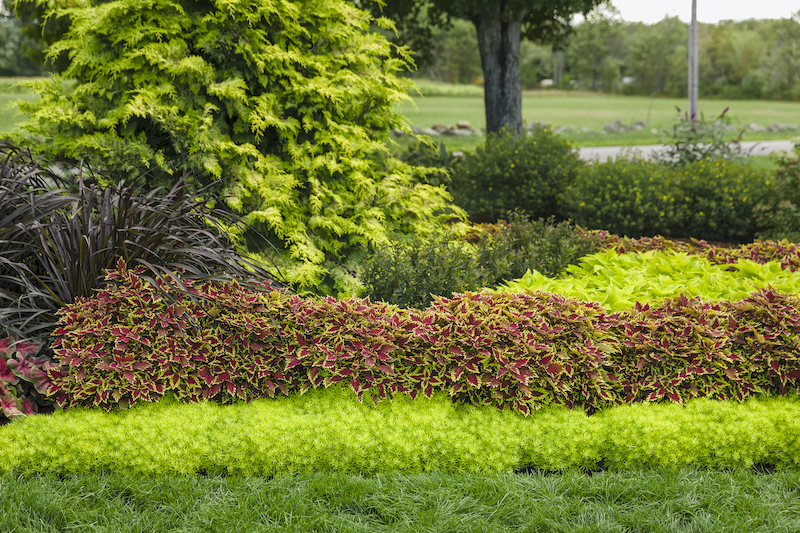While false cypress is considered to be deer resistant, deer don’t always follow the rules. During the spring, summer, and fall, deer have plenty of deciduous plants and trees to choose from. During the winter, food may be scarce. When deer are hungry enough, they have been known to voyage into evergreen shrub territory. Deer are most likely to eat false cypress in the winter as a last resort food option. Keeping more palatable plants around is likely to spare the false cypress, but winter may put your false cypress at risk.

According to Rutgers University, this plant is anywhere from Seldom Severely Damaged to Occasionally Severely Damaged, depending on the variety. Japanese False Cypress (Chamaecyparis pisifera) is seldom severely damaged and is a good choice for rural or wooded areas. Atlantic White Cedar (Chamaecyparis thyoides) and Hinoki Cypress (Chamaecyparis obtusa) are occasionally severely damaged and may need more protection from deer. The scale will fluctuate depending on food availability during the winter.
| Rarely Damaged |
| Seldom Severely Damaged |
| Occasionally Severely Damaged |
| Frequently Severely Damaged |
Keeping Deer Away From False Cypress
Deer are not likely to browse False Cypress during the growing season when more palatable options are available, so it doesn't require much protection during this time. Winter is a different story. You can try wrapping the shrub in burlap or landscape fabric to protect the branches, or add a cage if the plant is still small. Wrapping the shrub has the added advantage of protecting the shrub from winter burn and insulating the roots and trunk.
Liquid deterrents can prevent deer from nibbling the branches, although they are less effective in winter during rain and snow storms. You can also plant more desirable options for the deer around the false cypress.

Will False Cypress Come Back After Deer Eat Them?
Damage to false cypress is often irreversible when deer eat them. It’s best to let the wood die, and then prune it out of the plant. The cypress will likely recover and put on new growth as long as more than half the foliage remains. A gentle, slow-release fertilizer can also be added in the spring to promote new growth.

Sources: Rutgers New Jersey Agricultural Experiment Station ‘Landscape Plants Rated by Deer Resistance’ 2018
 |
Author Chris Link - Published 08-02-2022 |
